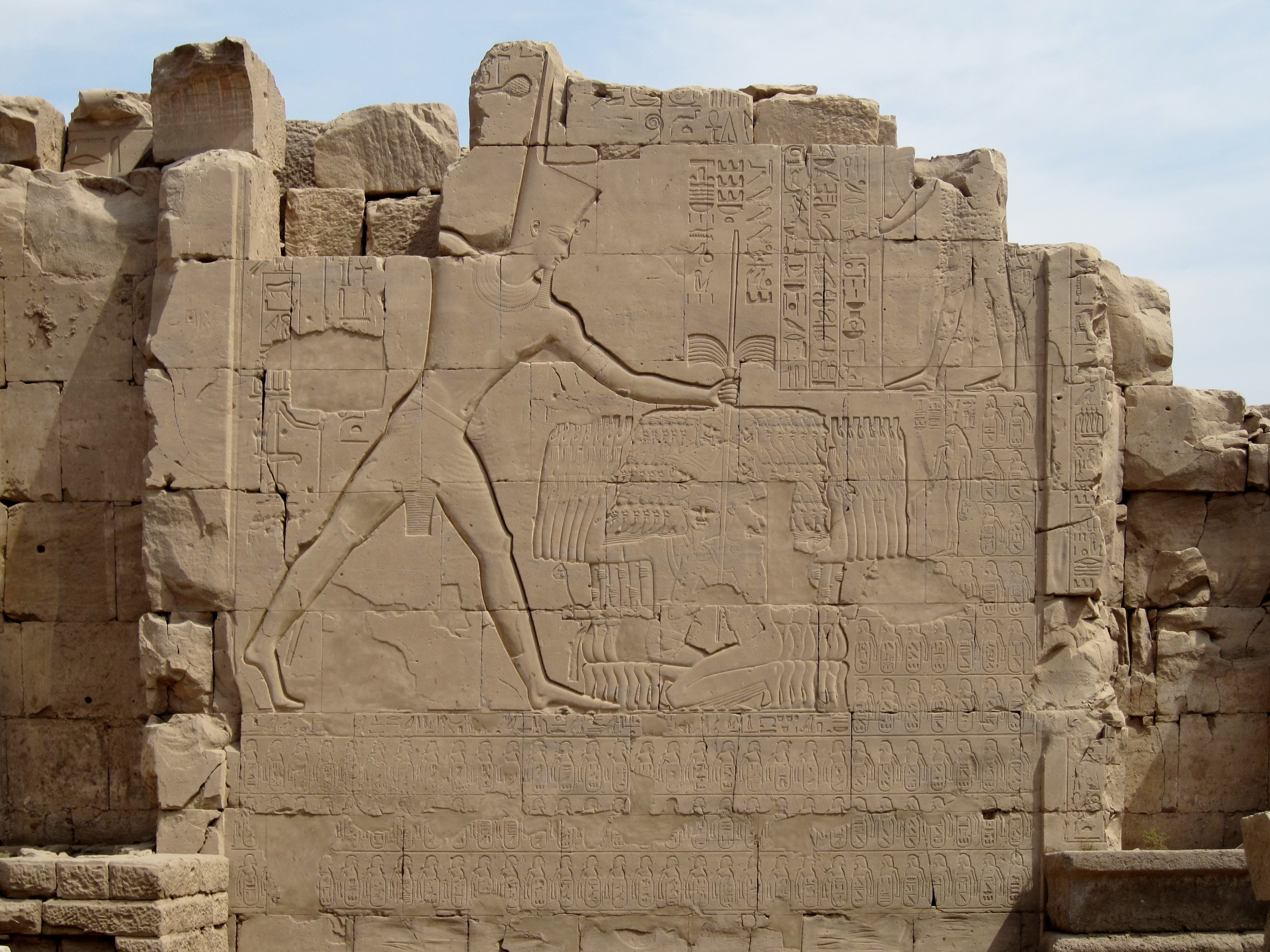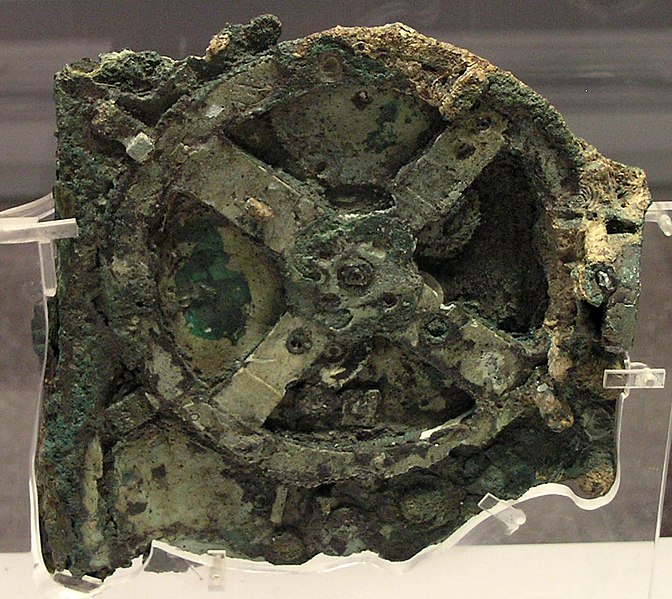Also with you, May the fourth be! We usually have the 501st at the National Space Centre in Leicester but there was a big convention up north this year... its brilliant wandering round with stormtroopers and Fetts and all manner of mad folk dressed up as ewoks etcIts just nice to feel like I'm the normal one sometimes....

Honestly Sal, you are mad as a hatter but still probably the most "normal" person posting in this thread





